Here in the United States, and especially in big cities like Chicago, COVID-19 has put caused and unprecedented disruption to the ways that business operate and to all of our daily routines. Although this break in business-as-usual is anything but ideal, it can be turned into a positive experience for brands who use the time to plan for the future. Read below to find out how you can use this moment to develop effective marketing strategies and emerge post-COVID-19 as a leader in your industry.
Advertising in a Recession
In economic downturns, people tend to stop ancillary spending and focus on paying their fixed bills like rent, utilities, and car payments. Casual shopping, eating out, and other services tend to fall by the wayside, which makes business owners wary of overspending. The instinct, then, is to cut down on superfluous spending, and we also believe it is a good time to do so. However, advertising should not be considered superfluous. Although cutting back on marketing could save costs in the short-term, it might be disastrous in the long-term.
If we take a look at the 1990-91 recession, we can see how marketing investments affected sales up to five years later. The companies that cut spending did increase business as the economy stabilized, but it is clear from the graph that maintaining or increasing ad spending during recessions is more beneficial in the long run. Maintain or increase your marketing strategy and make sure you don’t let this moment drown your brand out.
Need Help?
Are you unsure about how to shift your marketing campaign for the current moment, or how to plan for the future? We are here to help. We have set up free consultations to help businesses create emphatic messaging for the duration of COVID-19, along with strategic advice to help plan for the bounceback.
Below we have three examples of ad spending during three different recessions, including our current moment.
Fast Food
Nervous about the economic downturn in 1990-91, McDonald’s decreased their ad spending and promotion budget. Pizza Hut and Taco Bell rose to the occasion and increased their sales by 61% and 40% respectively, while McDonald’s sales declined by 28%.
Tech Industry
In 2009, Amazon was able to increase sales by 28%, and on Christmas day, the Kindle outsold printed books on the website. How did they do it? Innovation and advertising. And at the end of the day, customers feel Amazon provided them with a low-cost alternative to help entertain them during a financial crisis.
Right Now
People will remember how your company helped them during the economic downturn. To help its customers, Ford recently withdrew its national vehicle ads and replaced them with a car payment relief program, where customers can delay vehicle payments. The company is also donating money to support food programs for children who are unable to receive school lunches.
In all of the examples above, ad spending was crucial to gain the advantage after the economy returned to normal.
Why OOH
At first, out-of-home (OOH) ads may not seem intuitively ideal because everyone is being asked to stay inside. However, OOH is a great way to make a big impression without pestering your customers at home. When customers leave their homes to buy groceries, check on family members, or get some exercise, your brand will be there with a message of positivity.
“There are opportunities for advertisers to take advantage of the out-of-home space as availability increases and pricing decreases amidst demand changes.”
Perhaps billboards on the highway are not the ideal choice for the current moment, but smaller ad spots targeting neighborhoods are an excellent choice. A recent study by Billups, an advertising technology firm, found that while car trip lengths are decreasing, local traffic is increasing, making hyper-local advertising more effective than it was in February. Supermarkets and gas stations have seen an increase in business, so placing your ads near these essential businesses is highly effective. We have been promoting neighborhood-based and hyper-local advertising for a long time. Now is the ideal time to implement this strategy.
Moreover, it’s all about the messaging. You can aim for empathy or grace, or you can provide some price cuts on products or services. Either way, you want your customers to see that you are helping during the financial crisis, not staying away and forgetting about them. According to Billups CEO David Krupps, companies should be “focusing efforts in local communities with empathetic and responsible messaging.” Reach your customers where they live, then connect with them.
Some things should be put on pause during COVID-19, but your marketing strategy is not one of them. Use this time to provide your customers with useful information or price assistance through your advertising, and plan ahead for the post-COVID-19 future when your ad spending begins to pay you back.
If you’d like more information on how to advertise during and after COVID-19, download our guide which contains resources and statistics to help you make the right marketing choice. While you’re at it, sign up for a free consultation with our account executives.


